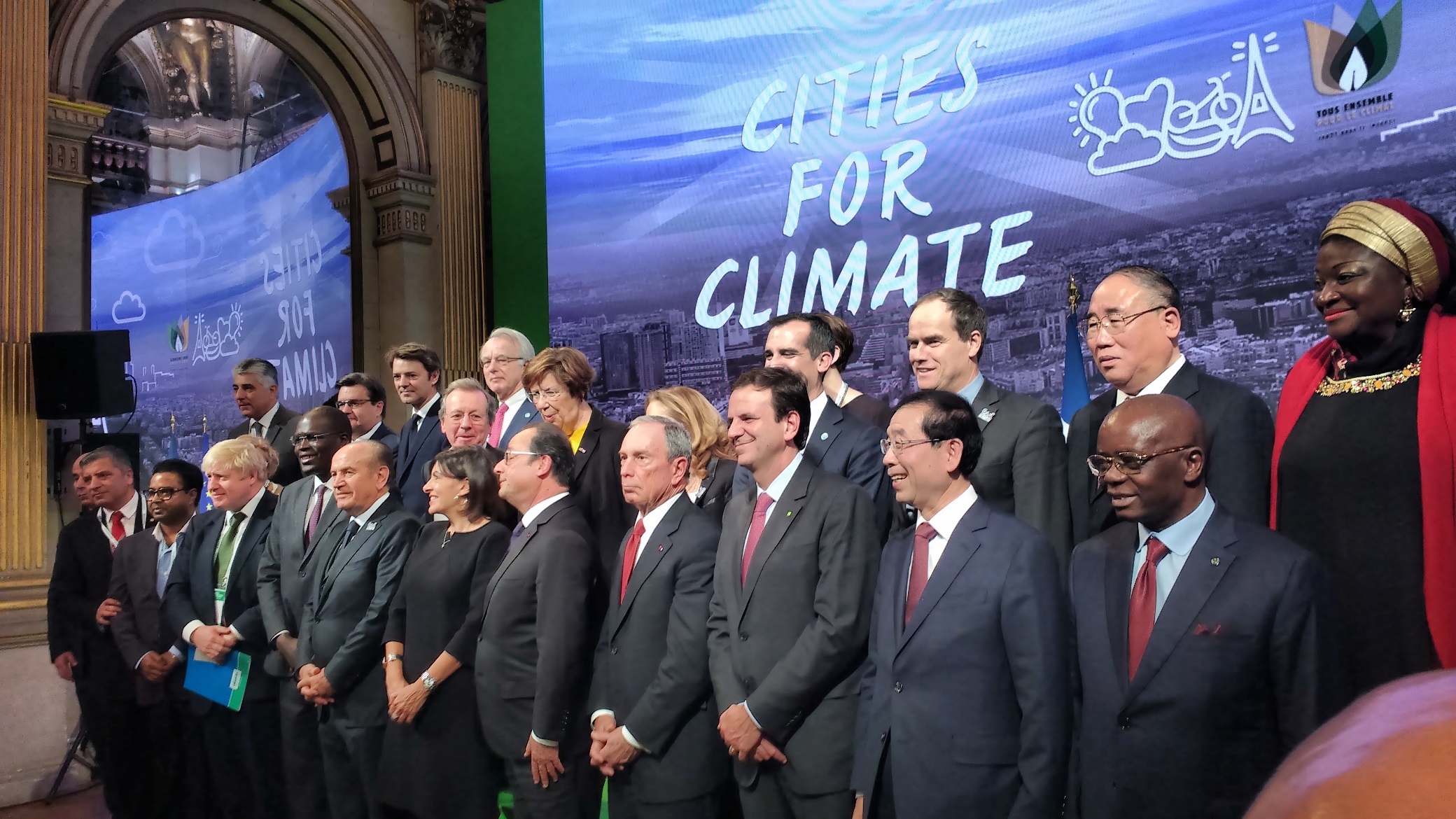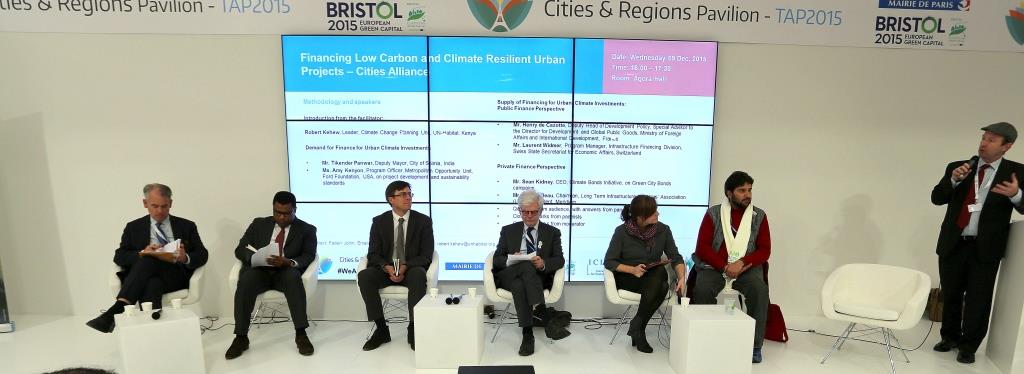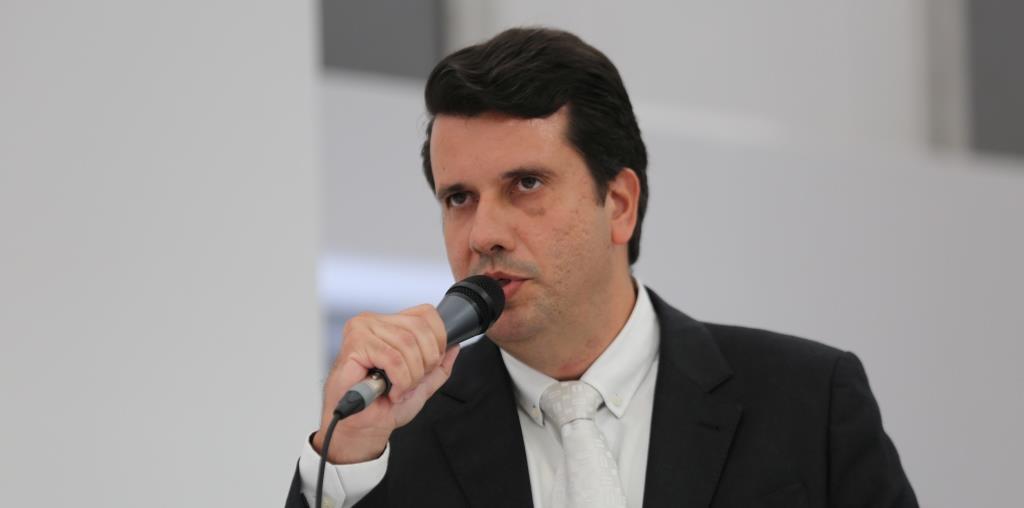The road from Lima to Paris: Keep three lanes free for local governments!
“In this 25 years of global climate regime, there is one overpowering message: no President, Minister, Mayor, CEO or citizen can meet the challenge of climate change alone. If we are to bring down global temperatures, we must step up, scale up, speed up local climate action globally. Together, let’s innovate, integrate, collaborate!”
Park Won-Soon, Mayor, Seoul Metropolitan Government, Republic of Korea, at the Climate Summit 2014; Chair, World Mayors Council on Climate Change
With Lima’s COP20 coming to an end, the big question now is: how can we build upon the work in Peru in order to ensure an inclusive and ambitious regime as an outcome of Paris2015?
The road from Lima to Paris passes through a number of major events that have slight interlinkages. The first round of climate negotiations of 2015 – ADP2.8 – will take place in Geneva, 8–13 February. On 13-18 March, in Sendai, Japan, the next phase of the global framework on disaster risk reduction will be agreed. Climate negotiators will then meet in Bonn, Germany on 3-14 June. At the end of June, the focus will shift to New York, as the President of the UN General Assembly will convene a High-Level meeting. On 13-16 July, the 3rd Financing for Development Conference will be convened in Addis Ababa, Ethiopia. In September, the UN General Assembly will conclude its work on the post-2015 development agenda, including a definition of a set of sustainable development goals applicable to all countries.
The “Lima Call for Climate Action” suggests that the new model of global climate action expected to be adopted in Paris will be largely bottom-up. All national governments will announce their contributions to the global efforts, but no top-down targets or scrutiny mechanisms will be imposed over these commitments.
On 1 November 2015, the UN Climate Change Secretariat will release its report assessing the gap between these nationally-adopted contributions and the scientifically-recommended ambitions to safeguard the world’s climate and ensure the survival of humanity.
So the challenge is apparent: what can local and subnational governments do to narrow the gap between what will be agreed in Paris and what we, as a planet, require?
Obviously, if national governments can increase their collaboration with ambitious local and subnational governments, GHG emissions reductions and preparedness to climate impacts can be scaled up. But this requires above all a clear analysis of how national mitigation commitments will be broken down, and how local and subnational governments will contribute.
Building upon ICLEI´s initial Post-Lima assessment, below you can find the most essential three routes to facilitate these efforts.
1. Vertical integration in national contributions and actions
Now that the global climate regime has turned into a bottom-up system, it is the right time for national governments to demonstrate how they are taking into account the ambitions and actions of local and subnational governments for the national contributions, plans and actions, as already proposed in para.2 of the Lima Communique of the Local Government Climate Roadmap.
Clearly, not every local commitment will be integrated in the same fashion, and there will be differences between nations. However, the principal of communication and clarification should be universal.
Initiatives like the Compact of Mayors, the Compact of States and Regions, the Global Protocol for Community-Scale GHG Emissions Inventories (GPC), the Durban Adaptation Charter and the WWF Earth Hour City Challenge, as well as coalitions like the LEDS Global Partnership or projects like V-NAMAs, can be considered as valuable assets to facilitate these efforts. The carbonn Climate Registry, which already captures climate information reported by more than 500 local and subnational governments, serving over 12 percent of world’s urban population, can also play an important role. In practice, we may expect cases like China, where the national government already assigns each and every provincial or municipal government a role in meeting their national target. But the Covenant of Mayors in Europe, for example, may be considered a different case, since 25 percent of more than 6,000 signatory local governments are exceeding the 2020 mitigation ambitions of the European Union. The “One Less Nuclear Power Plant” initiative of Seoul Metropolitan Government is another unique example to demonstrate how a local government can contribute in addition to an already announced ambitious national commitment.
2. Adoption of a formal work programme under the UNFCCC as an outcome of the ADP process
Mitigation and adaptation at the city or subnational level is a diverse and complex phenomenon, which needs holistic approaches to ensure success. Throughout 2014, intensive discussions have taken place in the official ADP negotiations, through Forums and Expert Meetings, focusing on urban environment. The ADP Technical Paper and its addendum on urban environment successfully capture all the innovative policy options, including a specific proposal for the adoption of a formal work programme under the UNFCCC as an outcome of the ADP process. Starting with the ADP2.8 negotiations in Geneva in February, climate negotiators must be encouraged to revisit these documents and proposals and to consider their implementation as appropriate. A similar program for national governments was already adopted under the Convention on Biodiversity in 2010, and has been implemented successfully by all nations since then. The composition of the 2015 ADP bureau provides excellent opportunities to make this happen, complementing the excellent work of the previous teams: the former Executive Secretary of the Convention of Biodiversity, who launched the 2010 Action Plan of nations to work with cities and subnational authorities, is one of the new ADP Co-Chairs, and sustainable urbanization was one of the cornerstones of the US-China bilateral agreement announced ahead of Lima.
3. Building partnerships to accelerate local and subnational climate action
Local climate action has been instrumental in driving global efforts, long before the adoption of the UNFCCC and even in the absence of an appropriate recognition in the global framework so far. It is very clear that regardless of the result of the Paris2015 outcome, this movement will continue to grow. This is particularly important considering that any agreement will come into force only in 2020. During the COP21/CMP11 in Paris, the Local Government Pavilion 2015 and “Cities and Local Governments Day” to be hosted by City of Paris, networks of local and subnational governments will intensify their efforts to bridge the gap between negotiations and the implementation process by announcing “100 Transformative Actions”, highlighting the ambitious, dynamic and action-oriented nature of local advocacy, within the scope of the Local Government Climate Roadmap since 2007. City of Paris is already scheduled to host a high level meeting on 26 March 2015 that will bring European Capitals and large cities within the scope of these preparations. ICLEI World Congress 2015 in Seoul, Republic of Korea on 8-12 April, Resilient Cities Congress in Bonn on 8-10 June and World Summit on Territorial Action in Lyon, France on 1-3 July are major milestones of the journey of the climate advocacy of local governments towards Paris2015.
Without any doubt, some of these “Transformative Actions” can be implemented by local governments immediately, with the availability of appropriate resources. However, actions that focus on the realities of massive urbanization in the twenty-first century will require additional resources and efforts from local, subnational and national governments, as well as from businesses, civil society and the global climate community. Paris must be the place to kick-start such collaborations.
And finally, the ambitious NAZCA Portal launched by the Peruvian Presidency and the UNFCCC Secretariat through the high level on 11 December 2015 in Lima can also play a significant role for a strong synergy among all these 3 routes.
The road to Paris is clear. We know the destination, and we know how we get there. There are many local and subnational governments who are moving at great speed and have a great deal to offer. In creating financial, regulatory and institutional frameworks at the national and international level, the climate community can benefit from these efforts in raising global ambitions. Such collaborations can also enhance the alignment of many other local and subnational governments in this common goal. In the urban world of the twenty-first century, aligning all local and subnational governments on a low-carbon, climate-resilience path is not one option but the only way to secure success in Paris2015 and a livable world.






